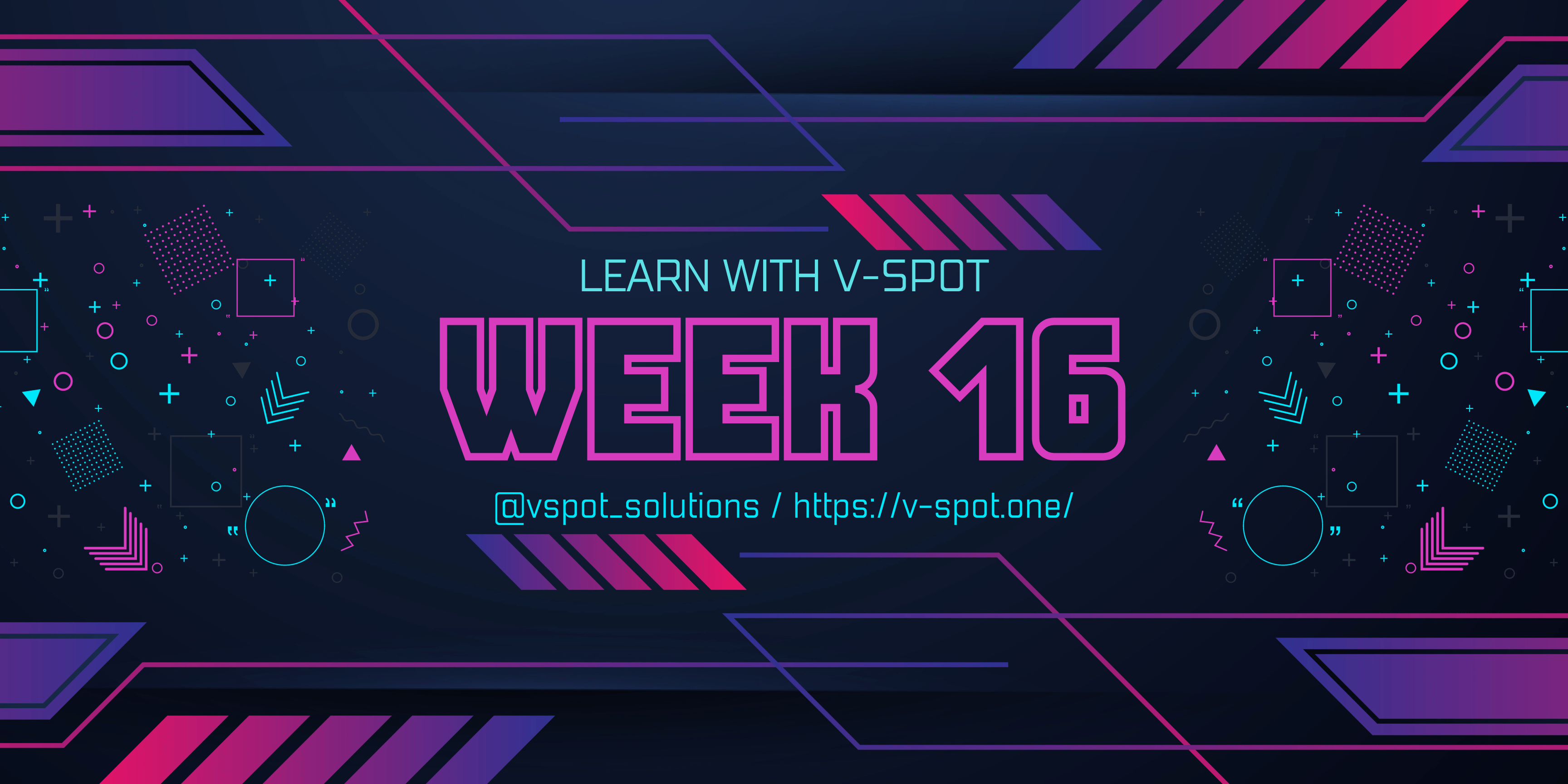Creating and using Nuclei templates for identifying potential 0day vulnerabilities requires a deep understanding of vulnerability research and the specific software or systems being targeted. It’s crucial to approach this with a strong ethical framework and always engage in responsible disclosure.
Below is a hypothetical example to illustrate the process. Remember, this is purely educational and should not be used for unauthorized testing. Always get permission before testing a target.
Example Nuclei Template for a Hypothetical 0day
Let’s say you’ve identified a potential 0day in a web application’s API where a specific endpoint is vulnerable to a SQL injection. Here’s a basic Nuclei template that might be used to detect this vulnerability:
id: potential-0day-sql-injection
info:
name: Potential 0day SQL Injection
author: yourname
severity: critical
description: Detects a potential SQL injection vulnerability in XYZ API.
tags: 0day,sqlinjection
requests:
- method: POST
path:
- "{{BaseURL}}/vulnerable/endpoint"
body: "parameter=susceptibleToInjection"
matchers:
- type: word
words:
- "SQL syntax error"
- "ORA-00933"
part: bodyDomain Reconnaissance Script
Before running Nuclei, you would perform domain reconnaissance. Below is a simple script using the tool subfinder to find subdomains:
subfinder -d example.com -o subdomains.txt
This command will list subdomains of example.com and save them to subdomains.txt.
Running Nuclei with the Template
After conducting domain reconnaissance and obtaining a list of subdomains, you would run Nuclei with your custom template:
nuclei -l subdomains.txt -t potential-0day-sql-injection.yaml -o results.txtThis command tells Nuclei to test each subdomain listed in subdomains.txt with your potential-0day-sql-injection template and output the results to results.txt.
Hypothetical Result
Imagine you find that api.subdomain.example.com is vulnerable:
[2023-12-25] [critical] api.subdomain.example.com Potential 0day SQL InjectionNext Steps
If you legitimately discover a vulnerability:
- Verify and Document: Make sure the finding is accurate and document all relevant details.
- Responsible Disclosure: Contact the company owning the domain, preferably through their vulnerability disclosure program, and provide them with your findings.
- Do Not Disclose Publicly: Until the company has had a chance to fix the issue and has agreed to disclosure.
Disclaimer
This example is purely illustrative. Real-world 0day hunting requires extensive knowledge and should always be conducted ethically and legally. Always seek permission and adhere to legal and ethical guidelines in cybersecurity research.


Leave a Reply